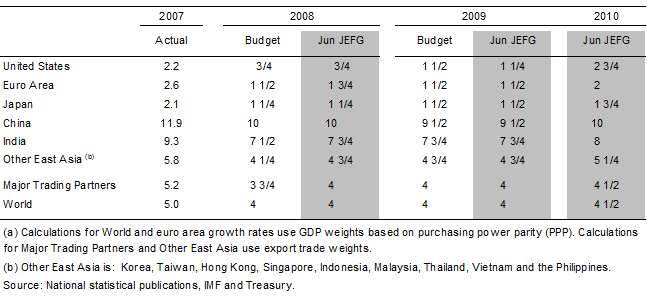Table 1: International GDP growth forecasts(a)

World outlook and risks
The outlook for the world economy is broadly similar to that at Budget. World GDP growth is forecast to slow to 4 per cent in 2008, the same as at Budget. While concerns about global financial markets have lessened somewhat, the impact of the recent credit crisis is still expected to dampen advanced economy growth in both 2008 and 2009.
While partial data in the US has been mixed, a number of key indicators point to a prolonged period of weak growth, with the risk of a mild US recession remaining. Another key downside risk is the potential for slowing advanced economy growth to lead to a further tightening of credit standards -- which could further dampen growth in advanced economies.
In addition, building global inflationary pressures -- largely driven by rising energy and food prices -- remain a significant concern. In particular, global oil prices have reached new record highs and appear likely to remain elevated. There is a significant risk that elevated headline inflation rates could feed into higher inflation expectations and lead to tighter monetary conditions than would otherwise be warranted given advanced economies softening growth prospects.
In contrast, the Asian region is growing strongly due to solid domestic demand and relatively limited exposure to disruptions in global financial markets. Reflecting stronger-than-expected outcomes in the March quarter, the outlook for India and Other East Asia has been revised upwards.
Nevertheless, rising inflation rates across emerging Asia, including in China and India, are likely to present significant policy challenges to authorities in the region. Some governments have been forced to reduce energy subsidies as a result of increasing costs, while political concerns over higher food prices have led some countries to implement price controls -- a move likely to delay necessary food supply increases.
1 The NIEs consist of Hong Kong, Korea, Singapore and Taiwan